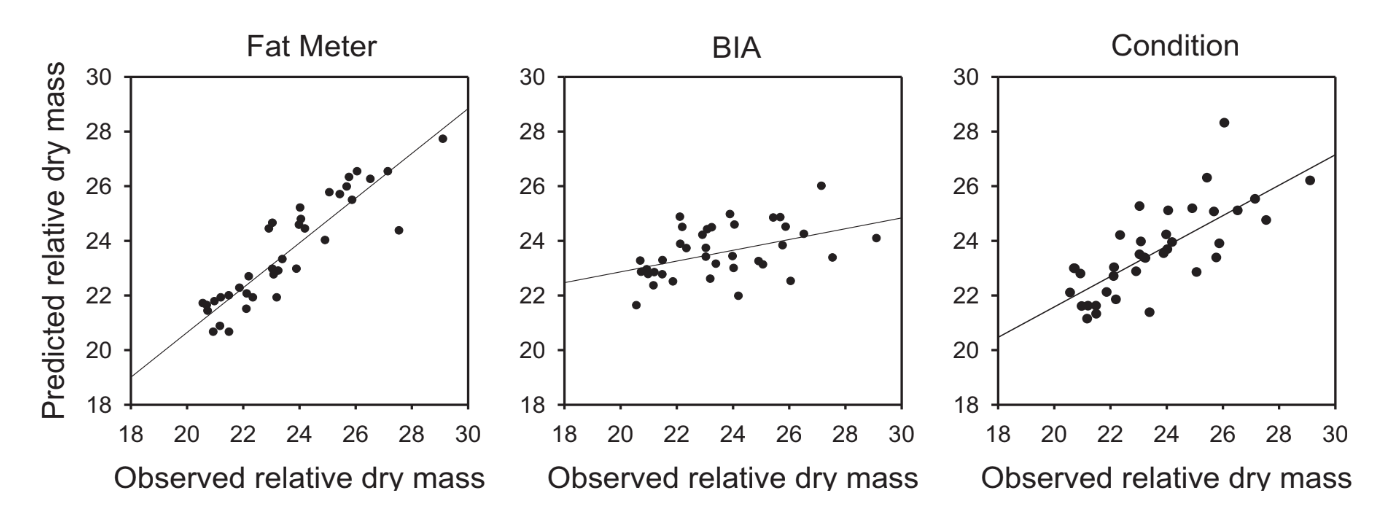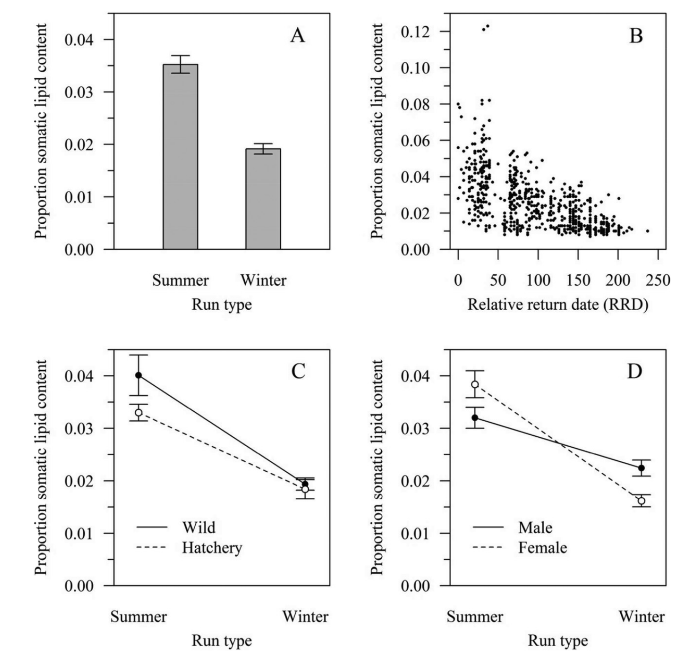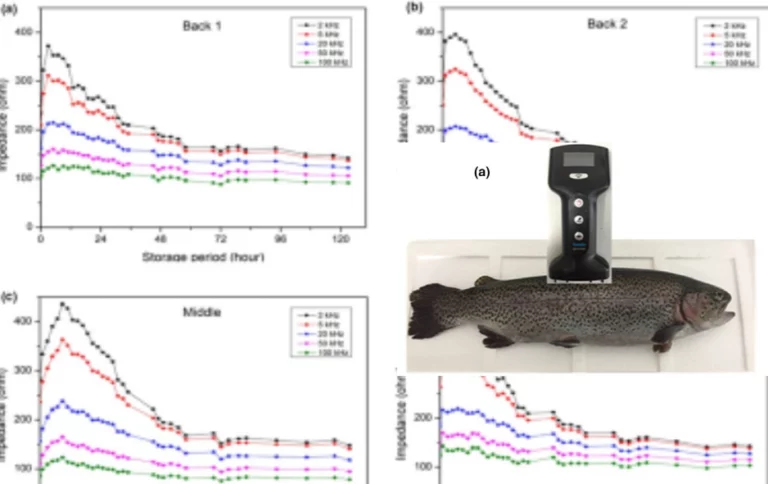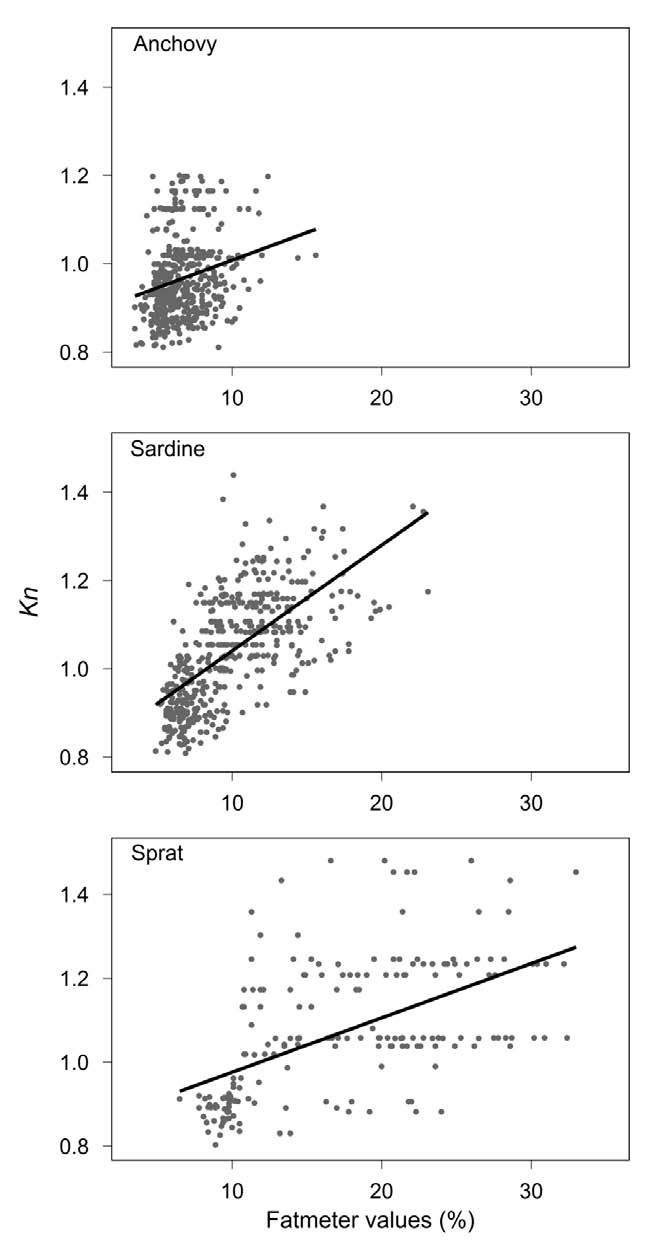Fish Fat Meter tested as the best reliable & non-lethal assessment of Eeels and Carps
| Title | Reliability of non-lethal assessment methods of body composition and energetic status exemplified by applications to eel (Anguilla anguilla) and carp (Cyprinus carpio) |
| Written by | Thomas Klefotha, Christian Skov, Kim Aarestrupb, Robert Arlinghaus |
| From | Leibniz-Institute of Freshwater Ecology, and Inland Fisheries, Germany Leibniz-Institute of Freshwater Ecology, Denmark Humboldt-Universität zu Berlin, Germany |
| Published | March 18, 2013 |
| Fish Species | Eel (Anguilla anguilla), Carp (Cyprinus carpio) |
| Key Words | Bioelectric impedance analyses, Fat meter, Relative condition, Dry mass, Energy density |
What the research is about
As fisheries researchers seek to better understand fish populations in a non-invasive manner, reliable non-lethal assessment techniques of body composition are crucial. A recent study published in Fisheries Research aimed to compare the effectiveness of three common condition assessment methods – relative condition factor (Kn), bioimpedance analysis (BIA), and microwave-based fat meters (Fish Fat Meter).
The objectives of our study were to:
(i) compare the performance of Kn, BIA (Bioelectric Impedance Analysis), and Fish Fat Meter to predict dry mass content as an indicator of energetic status using carp (Cyprinus carpio) and European eel (Anguilla anguilla) as model species.
(ii) to test for the effects of temperature on the functionality of BIA and Fish Fat Meter.
The researchers conducted calibrations using European eel and common carp subjects fed varying diets to induce compositional differences. Relative dry mass was used as a metric of energetic status. BIA measurements were found to be temperature-dependent, limiting reliability under field conditions with fluctuating temperatures. In contrast, the Fish Fat Meter readings achieved strong predictive performance of relative dry mass across temperatures for both whole-body and dorsal muscle tissues of the tested species.
Notably, the Fish Fat Meter provided consistent, non-lethal estimates of energetic status without sacrificing sample size, an important consideration for longitudinal studies. The temperature-insensitive nature of Fish Fat Meter measurements also mitigates against environmental influences on assessment precision.
Based on these findings, the study concluded the Fish Fat Meter to be the most suitable non-invasive approach for estimating the energy status of carp and eel. Its robust and user-friendly implementation addresses limitations associated with condition factor calculations and bioimpedance techniques.
For researchers seeking to monitor individual fish condition changes over diverse field settings, the Fish Fat Meter represents a valuable tool permitting repeated, precise assessments without harming study organisms. Its demonstrated reliability signifies it should become widely adopted for comparative energetic investigations across populations of these and other ecologically and economically significant fishery species. Overall, this evaluation highlights the Fish Fat Meter as a preferred solution for non-lethally characterizing fish condition in both research and management applications.
Research conclusion
This article concludes that the Fish Fat Meter to be the most suitable method to non-lethally estimate energetic status in both, carp and eel, whereas BIA is of limited use for energetic measurements in the same species, in contrast to other reports in the literature.
In this study comparing multiple assessment methods, the Fish Fat Meter demonstrated its efficacy for non-lethal body composition analysis in fish. The researchers aimed to objectively test three leading options – Relative Condition Factor calculations, Bioimpedance Analysis, and the Fish Fat Meter.
European eel and common carp served as representative species, with nutritional variability introduced to broaden data. Relative dry mass functioned as the target metric of energetic status. Additionally, researchers evaluated temperature dependence, a critical factor for field deployment stability.
Results showed Bioimpedance readings changed with water temperature, compromising reliability. In contrast, the Fish Fat Meter produced consistent relative dry mass predictions irrespective of thermal flux. This important attribute allows accurate longitudinal tracking as fish encounter diverse environments.
Fish Fat Meter implementation also streamlined data collection from whole individuals and muscle snippets without sacrifice. Larger sample calibration supported more robust models. Together with simple aquatic use, these benefits fulfilled the goals of user-friendly, research-grade non-lethal analysis.
In naming the Fish Fat Meter as the most optimal solution, the peer-reviewed study reinforces its validity for fisheries applications. We anticipate this validation will accelerate adoption among scientists prioritizing long-term, ethics-based population monitoring.
The positive results highlight why the Fish Fat Meter has become the preeminent choice for non-invasive assessments supporting informed species stewardship and conservation worldwide.
Assurant Innovations take
Using the Fish Fat Meter is a much better way to predict the dry mass content and the energy state of fish when compared with bioelectric impedance analysis method.
This research article evaluating condition assessment methods. The study directly assessed the three main available options for non-lethal monitoring of body composition in fish.
Results clearly indicated the efficacy of the Fish Fat Meter’s quantitative microwave sensor approach. Where other techniques exhibited variability, the Fish Fat Meter delivered consistently accurate predictions of energetic status across temperature fluctuations. This validates the device’s suitability for real-world field deployments where environmental conditions differ over long study durations.
The Fish Fat Meter’s non-invasive usage profile supported maximizing sample sizes critical for model calibration and inference. Researchers could thoroughly characterize individual variability in whole specimens and tissues alike, improving data resolution. Combined with ease-of-use in aquatic settings, these attributes address key stakeholder needs.
Recognizing the Fish Fat Meter as optimally achieving non-lethal analytical goals for the evaluated species, this article provides valuable third-party confirmation of the technology’s validity. Going forward, we anticipate the evaluation will help accelerate adoption of the Fish Fat Meter by conservation organizations and resource management agencies committed to evidenced-based species stewardship through longitudinal monitoring programs.
As the technology leader in this field, Assurant Innovations will continue refining product offerings informed by user feedback and independent evaluations. Please contact me to arrange a demonstration if you would like to learn more about how the Fish Fat Meter can strengthen your own observational research and applied fisheries programs.
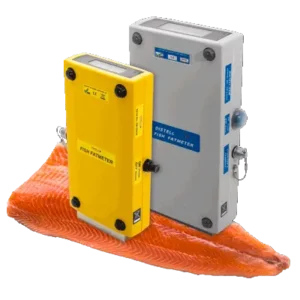
Fish Fat Meter
To Purchase: Call or Email


